Eisenhower Matrix — Task Management through Priority Decisions
The Eisenhower Matrix helps prioritize tasks by categorizing them into four quadrants: urgent and important, important but not urgent, urgent but not important, and neither urgent nor important. Eisenhower Matrix tool enhances productivity by focusing on what truly matters and managing time effectively.
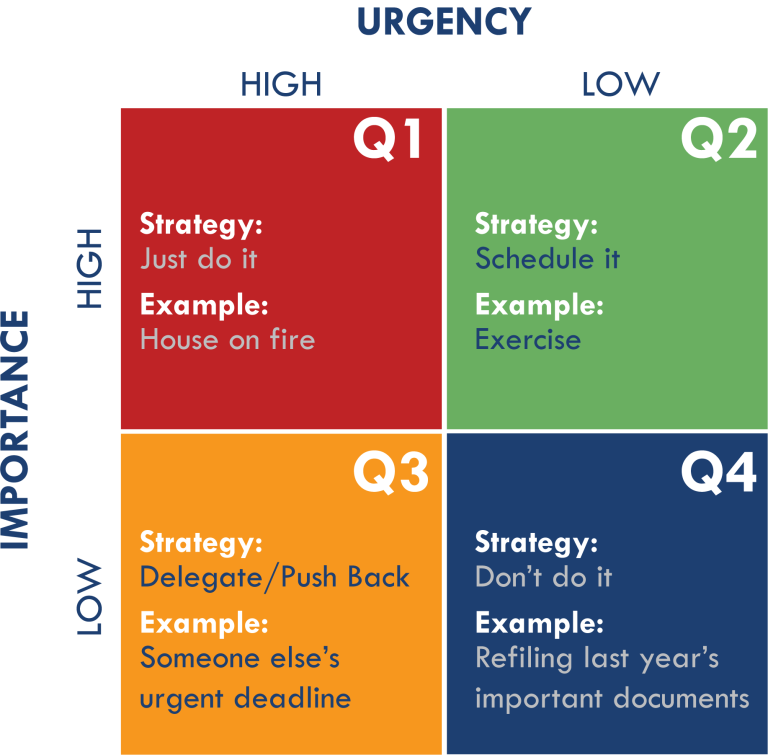
Eisenhower Matrix—also polularly known as Eisenhower Method, or Eisenhower Box, or Priority Matrix, or Urgent Important Matrix, is an excellent time and task management tool and it helps you in deciding which task you should do on priority. Stephen R. Covey used the framework of Eisenhower Decision Matrix and termed it as Time Management Matrix in his book The 7 Habits of Highly Effective People.
What is the Eisenhower Matrix?
Eisenhower Matrix is a wonderful task management tool by which you can prioritize tasks by its importance and its urgency, at the same time separate out less urgent and important tasks which you should either delegate or not do at all. It assists you to divide all actions and put them into one of four categories of matrix. The matrix is divided in to quadrants based on importance and urgency.
“What is important is seldom urgent and what is urgent is seldom important.” ~ Dwight D. Eisenhower
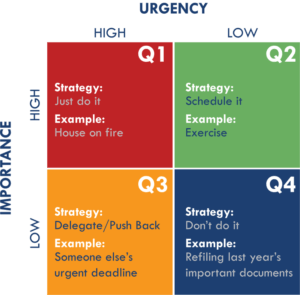
Where Does the Name Come From?
Dwight D. Eisenhower was the 34th President of the United States of America from 1953 to 1961. Before becoming President, He was the American general in the United States Army, who invaded France when occupied by the Germans in the Second World War.

He commanded over 2 million soldiers and was forced to find a better way to manage them. This requirement led him to design the one of the most important time management tool – Eisenhower matrix, which today helps you to prioritize the tasks by its importance and urgency.
Principle of Urgent Important Matrix
People often do not discriminate between what’s “urgent” and what’s “important”. To most of the people these two words often seem interchangeable, but there’s a big difference between them—and this difference builds the basic fundamental structure of the eisenhower matrix.
It’s a human nature to prioritize urgent tasks. When we know a deadline is looming, our reactive brain kicks in; we put all our energy into completing something simply because it’s “urgent”, and then are rewarded with a brief hit of dopamine for our efforts. But when that wears off, we realize we’ve spent the whole day doing things that don’t really matter and are of less importance. When this “urgency addiction” is combined with “importance consciousness”, the prioritization and decision making becomes easy. That’s how urgent and important matrix improves our overall productivity. This matrix is basically helps you to figure out what you should be doing, and provides learning to approach your commitments more consciously.
How to Use Eisenhower Matrix?
Using the Eisenhower quadrant is very simple and easy. Eisenhower priority matrix has four quadrants. You just need to pick an item from your to-do list and you ask yourself following two questions.
Question no. 1 – “Is it urgent?”
Question no. 2 – “Is it important?”
You can now put the action into the correct quadrant of urgent and important grid. Here are the four quadrants of Eisenhower decision matrix or time management matrix.
Eisenhower Matrix Q1 – Urgent and Important
You may also call the first quadrant Do first. Tasks coming under this quardent are important—impacting your life and career, as well as urgent—need to be done today or tomorrow at the latest. You have to work on all these tasks on top priority.
Examples:
- Medical Emergencies
- Deadlines
- Troubleshooting
- Customer complaint
All these are important and critical to move forward in life and career; however, since they’re urgent, they’re often unplanned and unwanted. You will always need to spend some time here, since emergencies will always occur. When they occur, you have to deal with them immediately. There will be no excuses. Once you have dealt with the situation, please spend time to make sure that it will never repeat again or diminish its occurrence or make preparations in advance for future occurrence. For an intance, if you are a cheff, running a restaurant, make sure you have all the ingredients before start of cooking, because you don’t want to be running to the grocery shop to buy some salt or other spices, when you’re in between the process of cooking food.
Eisenhower Matrix Q2 – Important but Not Urgent
You may also call the second quadrant Schedule. Its tasks are important but less urgent. You should list tasks
you need to schedule in your calendar here.This is the quadrant in which you should spent most of your time. Most people however, don’t do this and spent most of their time in any of the other quadrants. Because these important tasks don’t scream to you like a ringing phone, they’re often neglected in favor of more urgent matters.
Examples:
- Building quality relationships with other people
- Doing actual work to progress towards an important goal
- Physical exercise for good physical health
- Meditation for good mental health
- Car Service
- Calling your mother
If you spend very less or almost no time here; then your first important task should be to save some time everyday to work on the important things. With time the urgency will increase and the task will get moved to first quardent. Develop a system to avoid these task to become urgent tasks. Professional time managers leave fewer things unplanned and therefore try to manage most of their work in the second quadrant, reducing stress by terminating urgent and important to-dos to a reasonable date in the near future. For example, if you do a lot of troubleshooting on your project. Spend time to fix errors beforehand to decrease the time cleaning up after the errors.
Eisenhower Matrix Q3 – Urgent but Not Important
The third quadrant is for those tasks you could delegate as they are less important to you than others but still pretty urgent.
Examples:
- Answering e-mails
- Incoming phone calls
- Interrupting colleagues
I recommend not spending time here either. Since the tasks are not important. However, these tasks are urgent, therefore you can’t schedule them. They’re also difficult to ignore, since urgent action are often in front of your face and demand you quick attention. So delegate the task to others to meet the urgency aspect.
Eisenhower Matrix Q4 – Neither Urgent Nor Important
The fourth and last quadrant is called Don’t Do because it is there to help you sort out things you should not being doing at all. These give you an excuse for not being able to deal with important tasks in the 1st and 2nd quadrant.
Examples:
- Time wasters (Ex: Facebook, WhatsApp, Twitter, gaming too long, surfing the internet all the time…)
- Work that doesn’t need to be done
- Procrastinating (Here is link to complete guide on how to stop procrastinating?)
- Netflix binge session,
- Reading the comments in a news article
You should not spend any time on the activities coming under this quadrant. Anything which doesn’t help you in any way to progress towards your goals, it is not important. If it doesn’t help you to progress towards your goals, then why should you spend valuable time in doing it?
When is something not urgent? Anything if, it doesn’t matter when it is completed, then it’s not urgent. It can be done today, or it can be done next week or even next year, or not at all; it doesn’t matter.
The combination of less or not urgent and less or not important is the poorest quadrant to spend your time in. Decrease your time in this quadrant and put it in some other. I prefer you put it in Q2 ‘not urgent and important’.
Warpping Up My Recommondations!
Always use Time Management Matrix/ Eisenhower Matrix when adding items to your to-do list. Ask yourself whether it is important and whether it is urgent. I recommond, your time should go doing the tasks in the order Q2>Q1>Q3>Q4
Q2 – Important but not urgent: Though not urgent, all your available time should go to this quadrant. Must be given Top priority.
Q1 – Urgent and important: As these are urgent as well as important tasks, do these on priority , but when done, spend time to think about how to deal with the situation in the future.
Q3 – Urgent but not important: Always try to avoid these as much as possible. When you’re interrupted, handle it as quickly as possible.
Q4 – Neither urgent nor important: Give least priority or don’t do these at all, if you spend most of the time here, stop doing it and start spending time in the Q2—’not urgent and important’ quadrant.
I’m sure you can spot where you lose time in Q3 and Q4 in your own life, as well as at work. You can make a goal of spending at least 80% of your time in the Q2—’Not urgent and important’ quadrant. The other 20% will be divided between Q1—’urgent and important’ and Q3—’urgent and not important’.
So, what are you waing for? Make a shift towards Q2 for better time management.
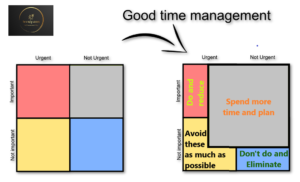
Eisenhower Matrix Template

Download free Eisenhower Matrix Template designed for your daily task management needs …
If you have liked this article, please share it at your favorite social networks.
Thank you for reading this. Please add your valuable comments, they are much appreciated.


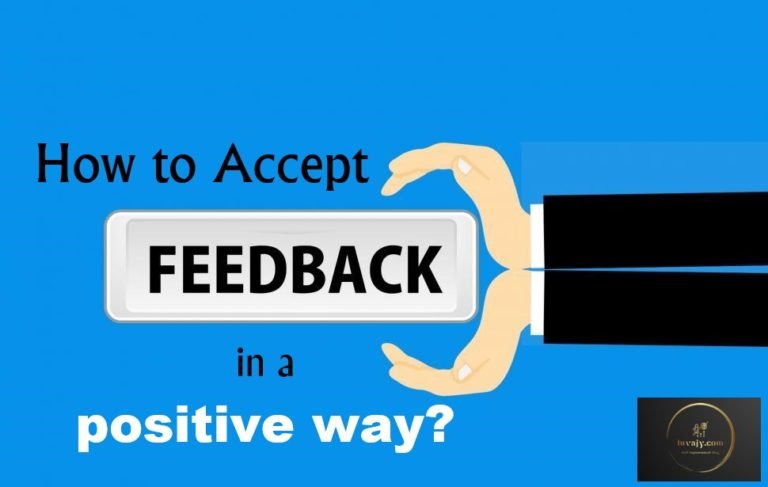
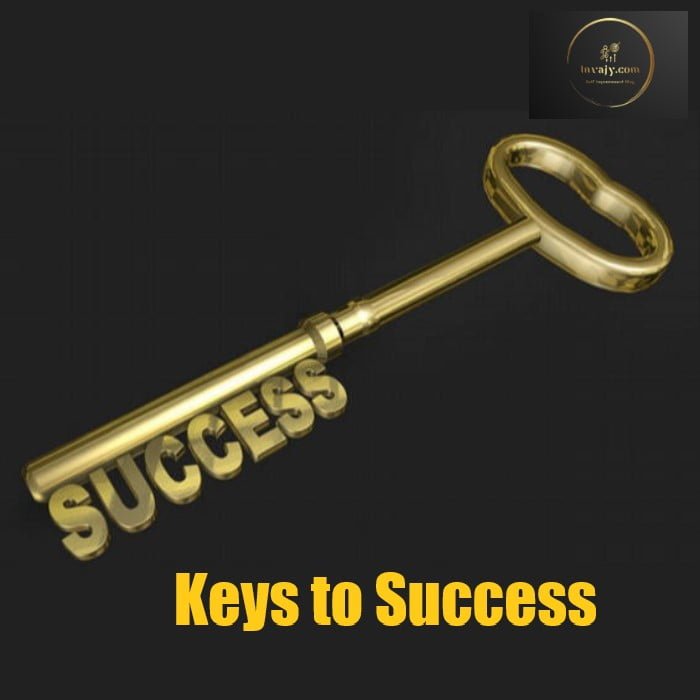



I found this blog and have higher hope for it to keep on. Continue the great operate, its hard to find good types. I have included to the favorites. Thank You.
I discovered your site site on the internet and check some of your early posts. Continue to keep up the top notch operate. I recently additional increase your Feed to my MSN News Reader. Seeking forward to reading much more from you finding out later on!…
I liked very much reading your article, it is so inspiring.
Thank you
A very good matrix to prioritize tasks by its importance and its urgency. I will surely give it a try as sometimes I feel my prioritization of jobs is not upto the mark. I find many important jobs delayed.
Thanks for sharing this wonderful time management tool – Eisenhower Matrix
Yes, Mark Eisenhower Box is one of the best prioritization tool. I personally improved my productivity using it. I will share with you the Eisenhower sheet I use.
This is really a new thing to me, need to try it out. Yes, of course the time is so precious to all of us and we need to utilize it very diligently. Thanks for this shout out. Will follow this strategy. I am bookmarking it for my further use.
~ Ann And Phil
#pvariel
Yes time management is important and this matrix help you in prioritizing your jobs. I personally use it for my routine to-do list. Good to see this has convinced you and you are planning to adopt it……